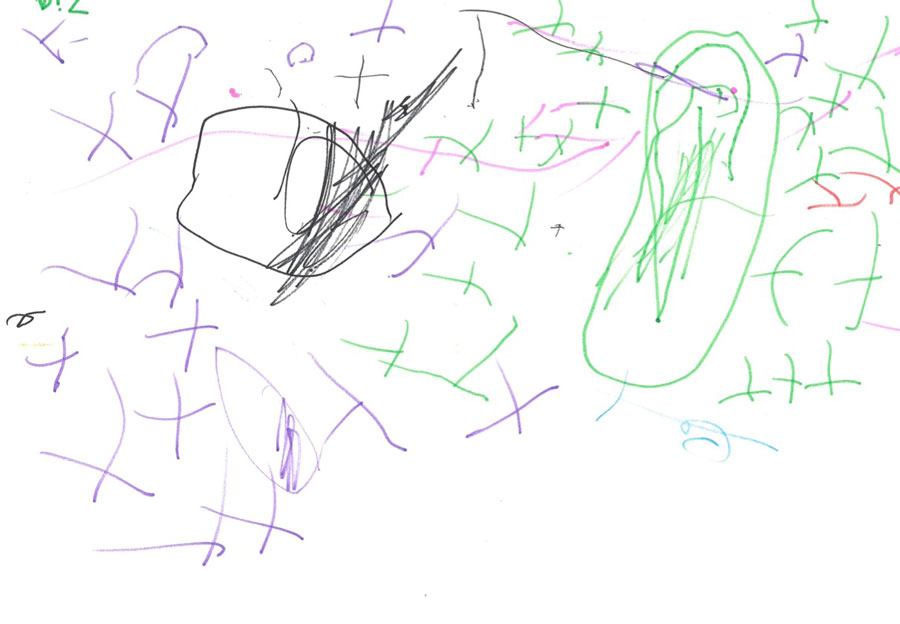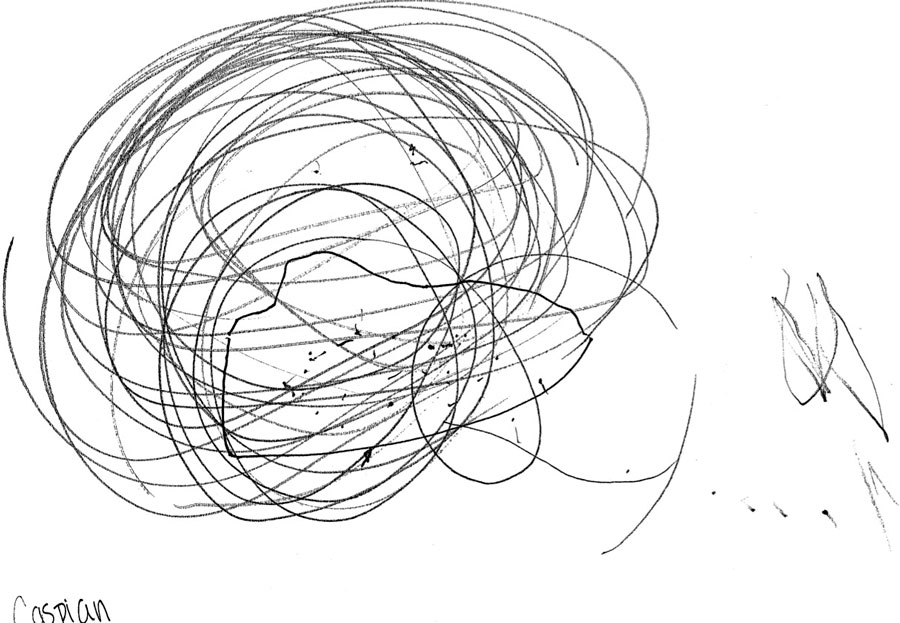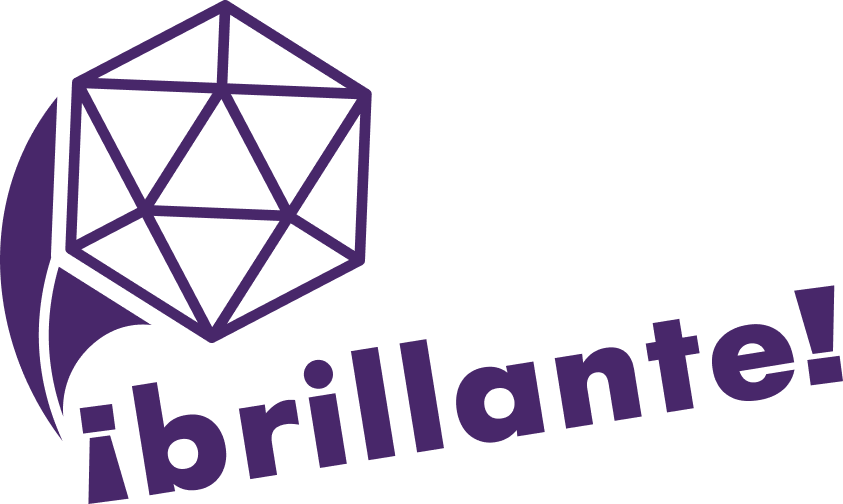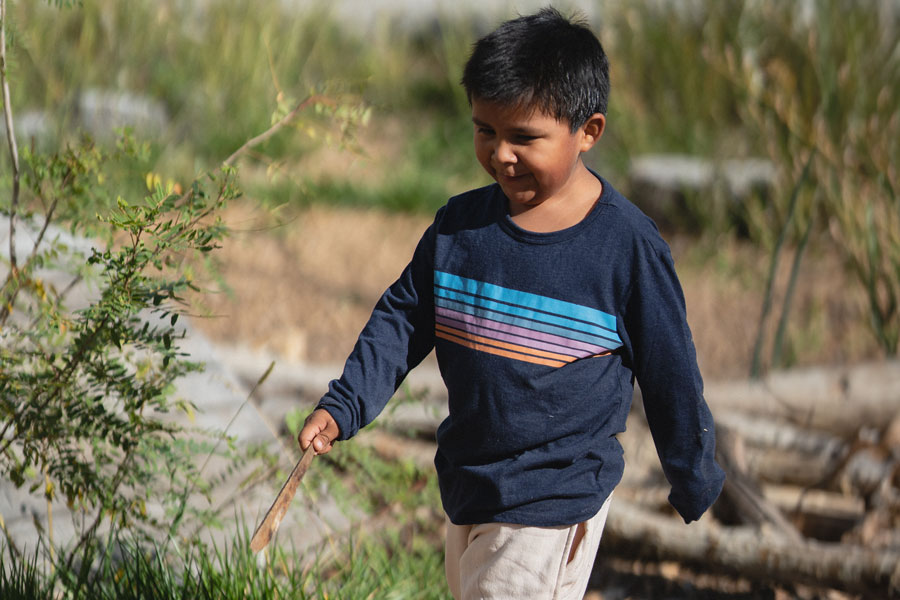
Exploring The Senses
Last Friday we had a visit from Rachel Zollinger, an art education specialist. She came to our class to work with our students on observational art. While we typically think of observational art as relying on sight and focusing on realistic depiction, Rachel encouraged us to use our sense of touch - we worked to draw what we felt instead of what we saw.
We kept playing with this idea during class time this week. I brought in a very spiny cactus pad and encouraged the students to draw how it felt to touch the cactus.
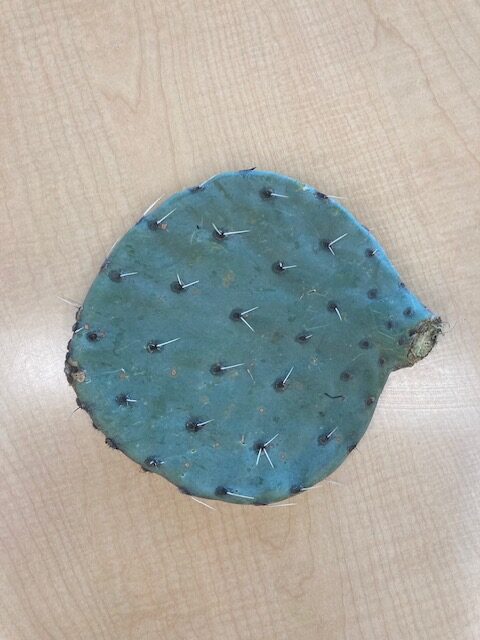
We carefully ran our fingers along the smooth, slightly dusty green skin of the cactus, dodging the spines; then, we tentatively touched the tips of the spines as gently as possible. When we started drawing, the results were remarkable, particularly among our youngest students.
Rosie sat down to notice the cactus and started to draw it. Chelsea (teacher) asked Rosie, "How does the cactus feel to you?" Rosie looked at the cactus and slowly touched it, then moved her hand fast and smiled. She began to put dots and circles on her paper.
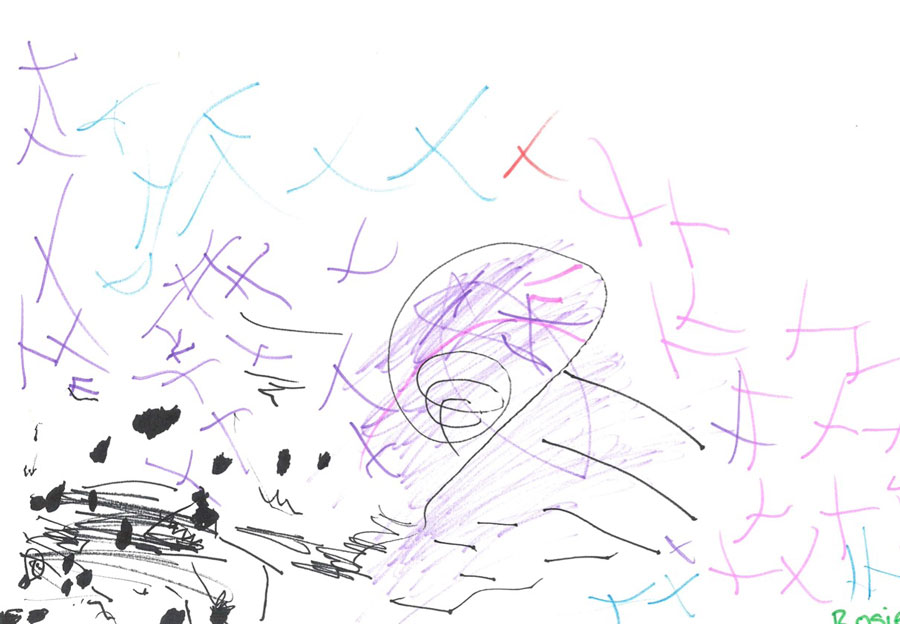
Zia looked at Rosie and said, "The cactus is sharp and pointy!" Zia then started to draw X's on her paper to represent the sharp points of the cactus.
Chelsea said to Zia, "Tell me about your drawing?" Zia said, "It's my cactus, Rosie, it's my cactus!" Rosie looked at Zia and said, "Oooo!" Zia said, "Yeah, my cactus looks like that one." Zia pointed to the cactus. Both Zia and Rosie slowly touched the cactus and then looked at one another and laughed. Rosie began drawing X's on her paper too.
Caspian stopped to see what was happening at the table. He looked at the cactus and began to draw big swirling lines on his paper. Chelsea asked him, "How does the cactus feel to you?" Caspian very slowly touched a cactus spine and said, "Ouchie! Ouchie!" Chelsea said, "Was the cactus sharp?" Caspian nodded his head up and down and then began firmly adding dots to his picture
